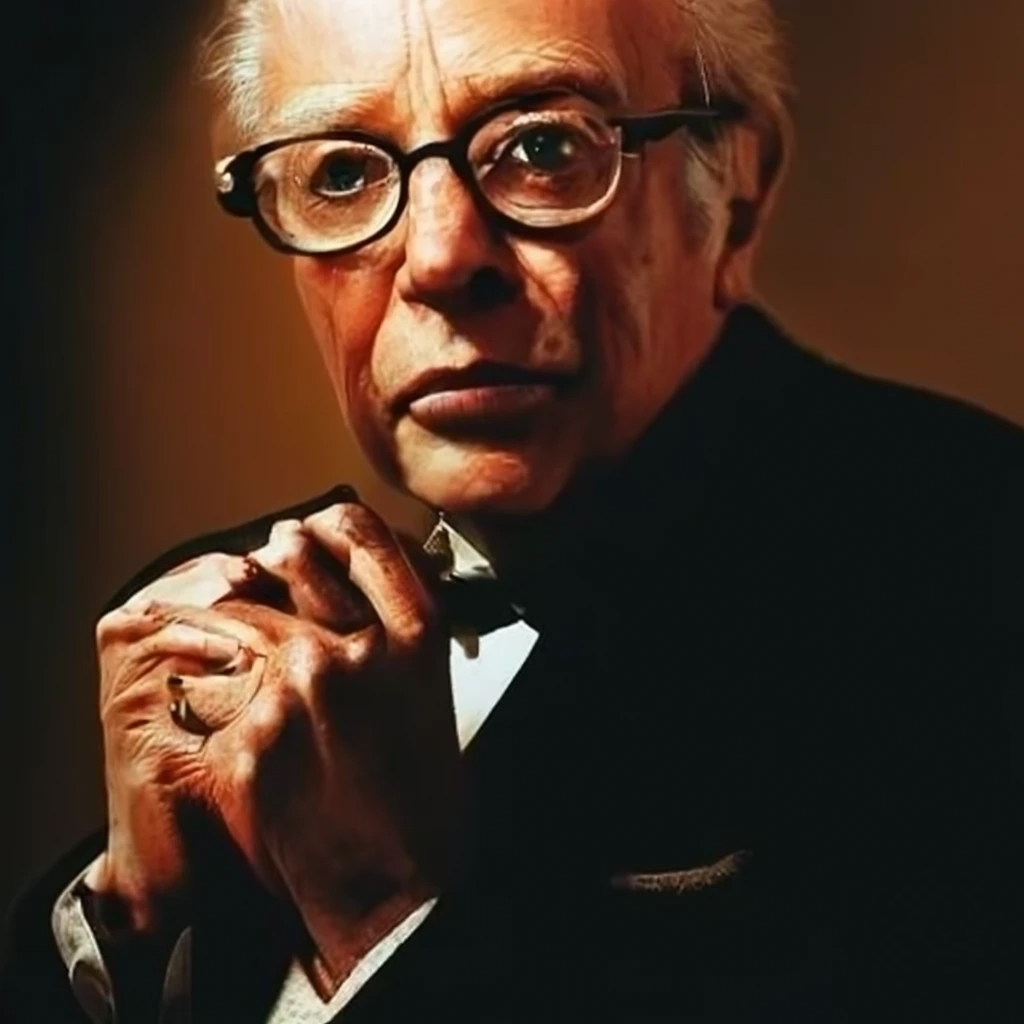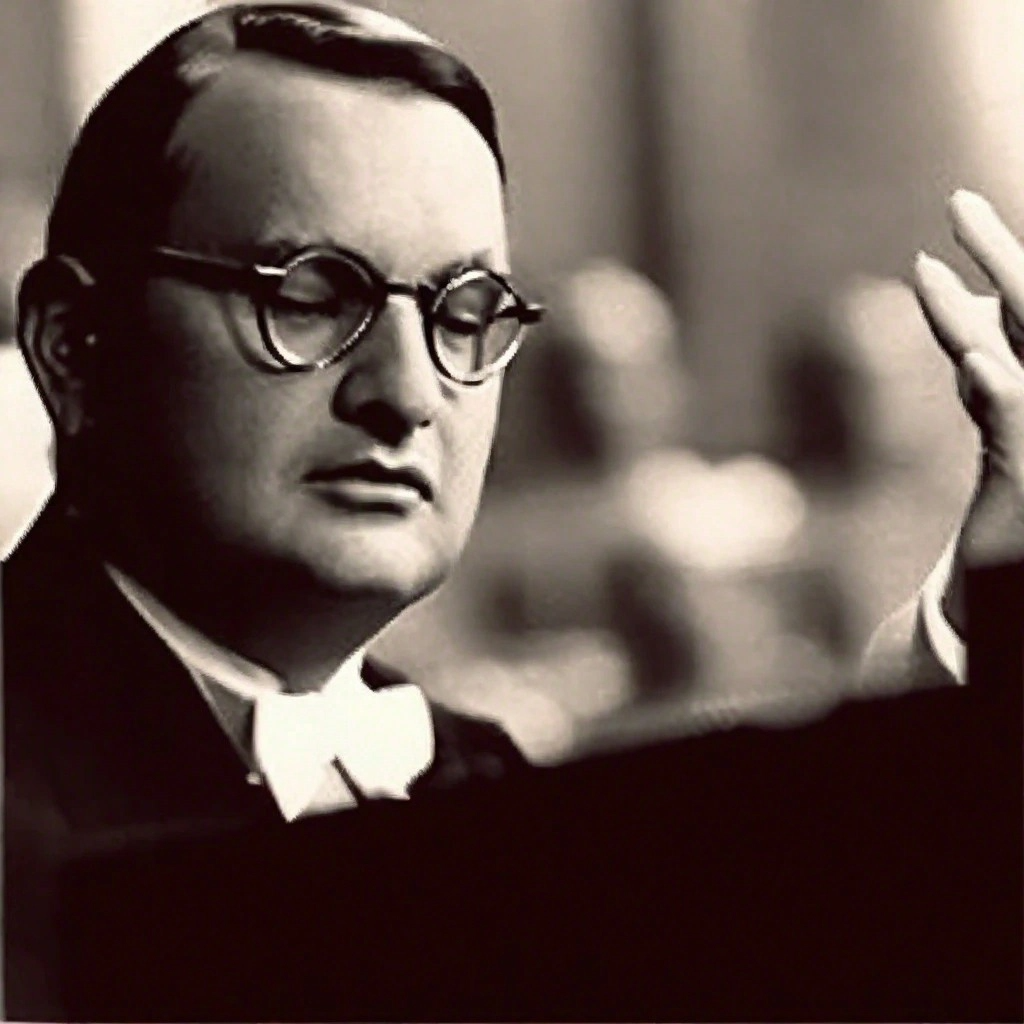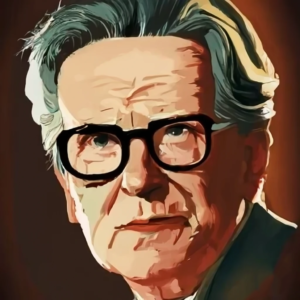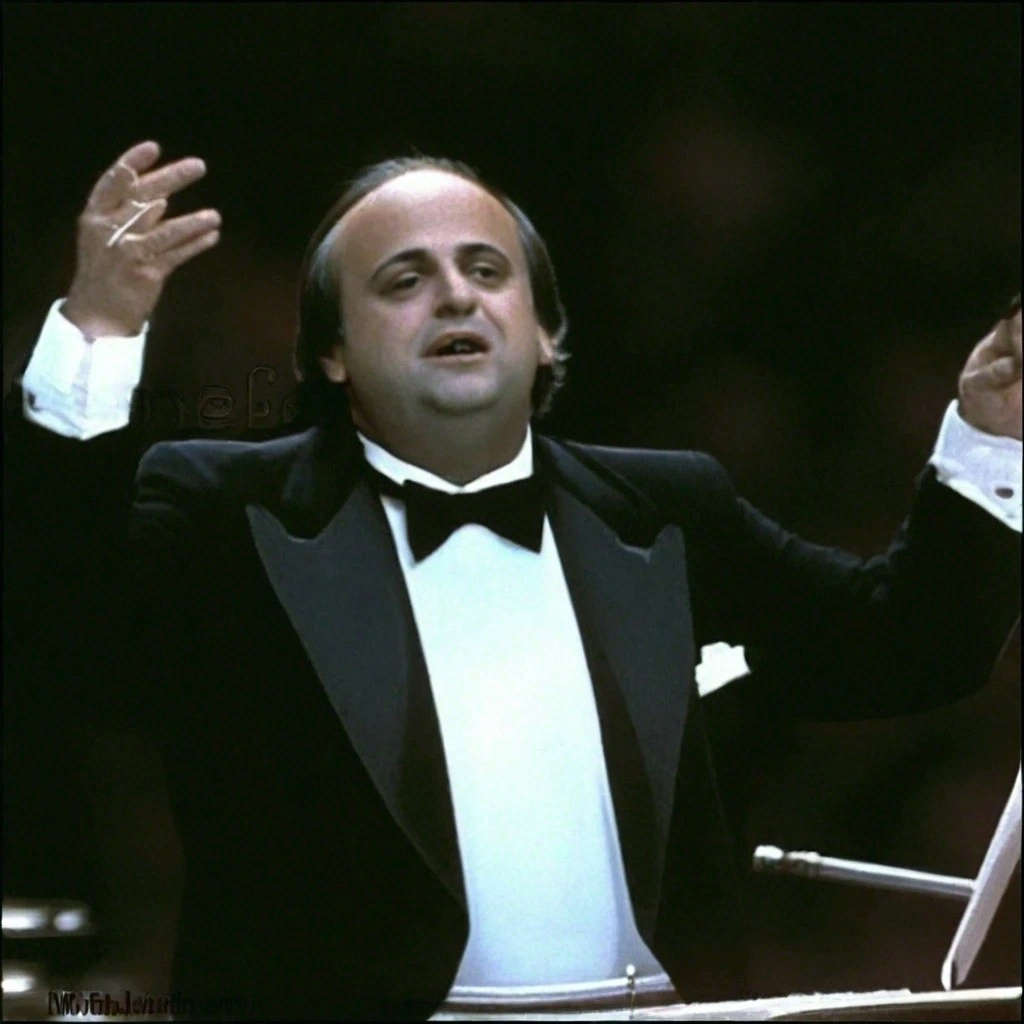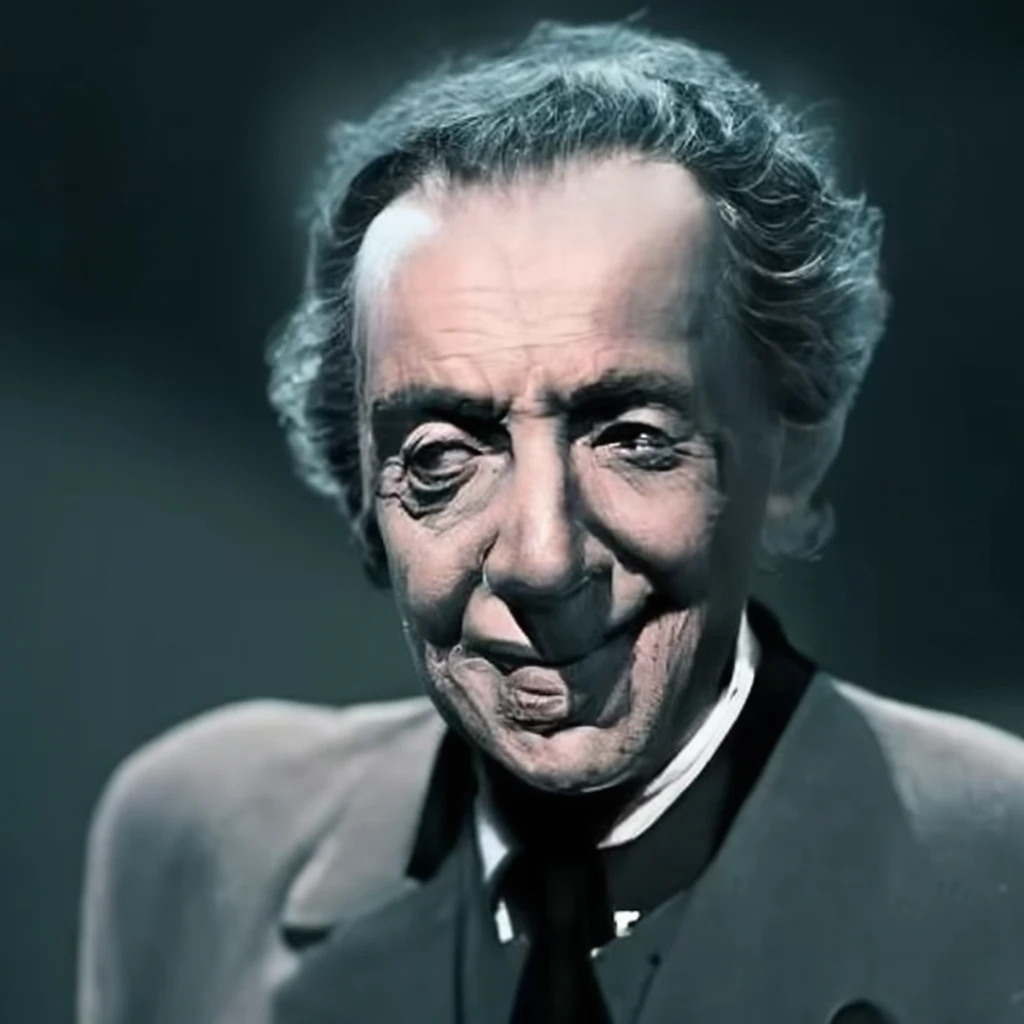Introduction
Rudy Van Gelder, a legendary figure in the world of audio engineering, is renowned for his pioneering work in recording jazz music. His name is synonymous with some of the most iconic recordings in jazz history, having shaped the sound of countless albums by artists such as John Coltrane, Miles Davis, Thelonious Monk, and countless others. Van Gelder’s meticulous attention to detail and innovative recording techniques revolutionized the way jazz music was captured and produced, earning him a revered status among musicians and audiophiles alike. In this blog post, we will delve into the life and career of Rudy Van Gelder, exploring his background, contributions to music, notable achievements, and lasting legacy in the world of audio engineering.
Background and Early Life
Rudy Van Gelder was born on November 2, 1924, in Jersey City, New Jersey, USA. Raised in a musically inclined family, Van Gelder’s early exposure to music came from his parents, who were both avid jazz enthusiasts. Growing up, he was surrounded by the sounds of jazz records and live performances, which sparked his interest in audio engineering from a young age.
Despite initially pursuing a career in optometry, Van Gelder’s passion for music led him to set up a home recording studio in his parents’ living room during the late 1940s. This marked the beginning of his journey into audio engineering, as he began experimenting with recording techniques and equipment to capture the essence of jazz music.
One key moment that shaped Van Gelder’s musical journey was his encounter with Alfred Lion, the co-founder of Blue Note Records, in 1952. Impressed by Van Gelder’s home recordings, Lion invited him to work at Blue Note’s new studio in Hackensack, New Jersey. This opportunity allowed Van Gelder to hone his skills as an engineer and collaborate with some of the most talented jazz musicians of the time.
Throughout his early career, Van Gelder continued to refine his recording techniques, developing a distinctive sound characterized by clarity, depth, and warmth. His innovative approach to mic placement, signal processing, and room acoustics set him apart from other engineers of his time, earning him a reputation for capturing the true essence of jazz music in his recordings.
Musical Style and Genre
Rudy Van Gelder is primarily associated with the jazz genre, particularly bebop and hard bop. His musical style as an engineer is characterized by its clarity, depth, and fidelity, which became hallmarks of his recordings. Van Gelder had a keen ear for capturing the nuances of jazz performances, ensuring that every instrument and musician was heard with precision and balance.
One of Van Gelder’s unique innovations was his approach to mic placement and room acoustics. He often experimented with different microphone configurations and room setups to achieve the desired sound for each recording session. This meticulous attention to detail allowed him to create a distinct sonic environment that complemented the style and energy of the musicians he worked with.
Van Gelder’s recordings are known for their warmth and intimacy, as well as their ability to capture the spontaneity and improvisational spirit of jazz music. His use of close-miking techniques and carefully controlled room reflections helped to enhance the presence and clarity of individual instruments, contributing to the overall richness and depth of his recordings.
Some signature albums that exemplify Rudy Van Gelder’s style include John Coltrane’s “Blue Train,” Miles Davis’s “Walkin’,” and Thelonious Monk’s “Brilliant Corners.” These albums not only showcase Van Gelder’s technical expertise as an engineer but also demonstrate his ability to capture the essence of each musician’s performance in a way that resonates with listeners.
Career Highlights
Throughout his illustrious career, Rudy Van Gelder achieved numerous milestones and garnered recognition for his groundbreaking contributions to the field of audio engineering. One of his earliest breakthrough moments came in the early 1950s when he began working with Blue Note Records, a partnership that would significantly shape his career. Van Gelder’s innovative recording techniques played a pivotal role in defining the sound of the label’s iconic recordings during the golden age of jazz.
Van Gelder’s collaboration with legendary jazz musicians such as John Coltrane, Miles Davis, Thelonious Monk, and Art Blakey yielded some of the most acclaimed albums in jazz history. His work on albums like Coltrane’s “Blue Train,” Davis’s “Walkin’,” and Monk’s “Brilliant Corners” solidified his reputation as a masterful engineer capable of capturing the essence of jazz music with unparalleled clarity and depth.
In addition to his work with Blue Note Records, Van Gelder also collaborated with other prominent jazz labels, including Prestige Records, Impulse! Records, and Verve Records. His extensive discography includes a wide range of seminal recordings that have stood the test of time and continue to inspire musicians and audiophiles around the world.
Van Gelder’s contributions to the world of jazz were further recognized through numerous awards and accolades, including several Grammy nominations for his engineering work. In 2012, he was honored with a Trustees Award from the Recording Academy for his lifetime achievements in music recording and engineering, cementing his legacy as one of the most influential figures in the history of recorded music.
Overall, Rudy Van Gelder’s career is defined by his unwavering dedication to sonic excellence and his relentless pursuit of innovation in audio engineering. His pioneering techniques and unparalleled artistry have left an indelible mark on the world of jazz and continue to inspire generations of musicians and recording engineers alike.
Impact and Influence
Rudy Van Gelder’s impact on the jazz genre and the wider music industry is profound and enduring. His innovative recording techniques and meticulous attention to detail revolutionized the way jazz music was captured and produced, setting new standards for audio fidelity and clarity. Van Gelder’s work not only shaped the sonic landscape of jazz but also influenced the broader trajectory of music production and engineering.
One significant aspect of Van Gelder’s influence is his role in defining the “Blue Note sound.” His recordings for Blue Note Records during the 1950s and 1960s established a distinct sonic aesthetic characterized by its warmth, intimacy, and dynamic range. This signature sound became synonymous with the label’s brand and had a lasting impact on the perception of jazz music among both fans and critics.
Van Gelder’s innovative recording techniques also inspired a new generation of engineers and producers to explore new possibilities in sound capture and manipulation. His emphasis on close-miking techniques, controlled room acoustics, and careful attention to instrument balance set a new standard for audio fidelity in the recording industry.
Many artists have cited Rudy Van Gelder as a major influence on their work. Jazz legends such as Herbie Hancock, Wayne Shorter, and Chick Corea have praised Van Gelder’s recordings for their clarity, depth, and authenticity. They credit his engineering prowess with capturing the essence of their performances in a way that resonates with listeners on a profound level.
Beyond the realm of jazz, Van Gelder’s influence can be felt in various genres of music, from rock and pop to hip-hop and electronic music. His commitment to sonic excellence and his relentless pursuit of innovation continue to inspire musicians and engineers across diverse musical landscapes.
In summary, Rudy Van Gelder’s impact on jazz and the wider music industry is undeniable. His pioneering work as an engineer not only shaped the sound of countless classic recordings but also laid the groundwork for future generations of artists and producers to explore new sonic territories. His legacy as a visionary audio engineer continues to reverberate throughout the world of music, ensuring that his contributions will be celebrated and remembered for years to come.
Personal Life and Public Image
Rudy Van Gelder was known for leading a relatively private life, with much of his focus centered on his passion for audio engineering and jazz music. He was born and raised in New Jersey, where he spent the majority of his life dedicated to his craft. While there is limited information available about his personal life, it is known that Van Gelder was married and had a family, although specific details about his family life remain largely undisclosed.
Throughout his career, Van Gelder faced challenges common to many engineers and producers in the music industry, including the pressure to meet the creative demands of artists and record labels while maintaining technical excellence. Additionally, he navigated the evolving landscape of recording technology, adapting his techniques and equipment to stay at the forefront of audio engineering.
One controversy that emerged during Van Gelder’s career was the debate over his recording practices and the extent to which he manipulated the sound of his recordings. Some critics accused Van Gelder of applying excessive processing or editing to his recordings, which they argued compromised the authenticity of the performances. However, supporters of Van Gelder defended his approach, emphasizing his commitment to capturing the essence of live jazz performances while leveraging the capabilities of studio technology to enhance the listening experience.
Over time, Rudy Van Gelder’s public image evolved from being a behind-the-scenes figure in the recording studio to achieving recognition as one of the most influential engineers in the history of recorded music. While he initially shied away from the spotlight, preferring to let his work speak for itself, Van Gelder eventually gained widespread acclaim and respect for his contributions to the world of jazz and audio engineering. Today, he is revered as a visionary figure whose recordings continue to inspire and captivate audiences around the world, solidifying his legacy as a true pioneer in the field of sound recording.
Discography or Body of Work
Rudy Van Gelder’s discography is extensive and encompasses a vast array of seminal recordings spanning several decades. As one of the most prolific engineers in the history of jazz, Van Gelder’s work has left an indelible mark on the genre and continues to be celebrated by musicians and audiophiles alike.
Some of the key albums in Rudy Van Gelder’s discography include:
1. John Coltrane – “Blue Train” (1957): Widely regarded as one of Coltrane’s finest albums, “Blue Train” features Van Gelder’s pristine engineering capturing the brilliance of Coltrane’s playing alongside a stellar lineup of musicians.
2. Miles Davis – “Walkin'” (1957): Recorded during Davis’s prolific Prestige Records era, “Walkin'” showcases Van Gelder’s ability to capture the energy and spontaneity of Davis’s performances with exceptional clarity and depth.
3. Thelonious Monk – “Brilliant Corners” (1957): This landmark album by Monk features intricate compositions and virtuosic performances, all captured with Van Gelder’s trademark fidelity and precision.
4. Art Blakey & The Jazz Messengers – “Moanin'” (1958): Van Gelder’s engineering on this album perfectly complements Blakey’s powerful drumming and the dynamic interplay of the Jazz Messengers, resulting in a classic recording that epitomizes the hard bop genre.
5. Wayne Shorter – “Speak No Evil” (1966): Recorded at Van Gelder’s legendary Englewood Cliffs studio, “Speak No Evil” is a quintessential example of Van Gelder’s ability to capture the intimacy and depth of small-group jazz performances.
Throughout his discography, Van Gelder maintained a consistent commitment to sonic excellence, with a focus on clarity, balance, and fidelity. While his approach to engineering remained largely unchanged over the years, there were subtle shifts in his recording techniques and equipment as technology advanced. However, these changes were always in service of enhancing the listening experience and preserving the integrity of the music.
Overall, Rudy Van Gelder’s discography stands as a testament to his unparalleled skill as an engineer and his enduring impact on the world of jazz. His recordings continue to inspire and captivate listeners, ensuring that his legacy will endure for generations to come.
Legacy and Cultural Impact
Rudy Van Gelder’s legacy in the world of music is profound and far-reaching, with his contributions leaving an indelible mark on jazz and the broader landscape of recorded music. As one of the most influential engineers of the 20th century, Van Gelder’s innovative recording techniques and unparalleled attention to sonic detail transformed the way jazz music was captured and produced, shaping the course of the genre for generations to come.
Van Gelder’s impact on music, culture, and society at large is multifaceted. His recordings not only captured the essence of jazz performances with unmatched clarity and fidelity but also helped to elevate the genre to new heights of artistic expression and critical acclaim. Through his work with iconic artists such as John Coltrane, Miles Davis, and Thelonious Monk, Van Gelder played a central role in shaping the sound of jazz during its golden age, influencing countless musicians and listeners around the world.
Beyond his contributions to jazz, Van Gelder’s influence extends to the broader landscape of recorded music, with his recordings serving as a benchmark for excellence in audio engineering. His commitment to sonic quality and innovation set new standards for the industry, inspiring generations of engineers and producers to strive for excellence in their own work.
Today, Rudy Van Gelder’s recordings continue to resonate with audiences of all ages and backgrounds, transcending the boundaries of time and genre. His timeless recordings remain essential listening for jazz aficionados and music lovers alike, serving as a testament to the enduring power of his artistry and vision.
In recognition of his monumental contributions to music, Van Gelder has been honored with numerous awards and accolades, including induction into the National Academy of Recording Arts and Sciences’ Hall of Fame. His legacy as a pioneering engineer and visionary artist is firmly entrenched in the annals of music history, ensuring that his impact will be celebrated and remembered for generations to come.
Fanbase and Community
While Rudy Van Gelder may not have had a traditional fanbase in the same sense as performing musicians, his impact on the music community, particularly within the jazz world, cannot be overstated. Van Gelder’s recordings have garnered a devoted following among jazz enthusiasts, audiophiles, and musicians alike, who recognize and appreciate the exceptional quality and artistry of his work.
Within the jazz community, Van Gelder’s name is revered as synonymous with excellence in audio engineering. Fans of the genre often seek out his recordings specifically for their unparalleled clarity, depth, and fidelity, knowing that they represent some of the finest examples of jazz music ever captured on tape.
While there may not be formal fan clubs or dedicated fan events centered around Rudy Van Gelder himself, his recordings continue to be celebrated and cherished by a passionate community of listeners. Jazz festivals, concerts, and educational events frequently feature discussions and presentations on the importance of Van Gelder’s contributions to the genre, further cementing his status as a revered figure in the jazz pantheon.
In terms of charitable or philanthropic efforts, Rudy Van Gelder’s direct involvement may not be widely documented. However, the impact of his work has undoubtedly contributed to charitable causes indirectly by supporting the careers and livelihoods of countless musicians and industry professionals. Additionally, Van Gelder’s recordings have often been used as fundraising tools for various jazz-related initiatives and organizations aimed at preserving and promoting the genre.
Overall, Rudy Van Gelder’s influence extends far beyond traditional notions of fan culture, encompassing a diverse community of jazz enthusiasts, musicians, and industry professionals who continue to be inspired by his unparalleled contributions to the world of music. His recordings serve as a lasting testament to his legacy, ensuring that his impact will be felt for generations to come.
Conclusion
In conclusion, Rudy Van Gelder’s impact on the world of music, particularly jazz, is nothing short of extraordinary. As a pioneering audio engineer, Van Gelder revolutionized the way jazz music was recorded and produced, setting new standards for clarity, depth, and fidelity. From his early collaborations with Blue Note Records to his work with legendary artists such as John Coltrane, Miles Davis, and Thelonious Monk, Van Gelder’s recordings have become iconic landmarks in the history of jazz, celebrated for their timeless beauty and artistic integrity.
Throughout his career, Van Gelder’s unwavering commitment to sonic excellence and innovation earned him widespread acclaim and recognition, solidifying his legacy as one of the most influential figures in the history of recorded music. His recordings continue to resonate with audiences of all ages and backgrounds, serving as a testament to his enduring importance and influence.
As we celebrate Rudy Van Gelder’s contributions to music, I encourage readers to explore his vast discography and experience the magic of his recordings firsthand. Whether you’re a seasoned jazz aficionado or a newcomer to the genre, Van Gelder’s music offers a captivating journey through the rich tapestry of jazz history. Join us in celebrating the life and legacy of Rudy Van Gelder, whose artistry and vision continue to inspire and uplift listeners around the world.
